Dear Readers, Water is essential for survival and drinking safe water is a basic need of every organism. Being the universal solvent, water is prone to infections. As the human population is increasing at a very fast pace, the availability of water is lowering down. Developing countries like India will be a water-stressed nation in the future.
According to the World Health Organization (WHO), 80% of the diseases are due to the intake of polluted water. Bacterial diseases such as typhoid and cholera, poliomyelitis – a viral disease, skin and gastrointestinal infections all spread through contaminated water.
So, it becomes important to check the quality of water to avoid its destructive effects on human health. 3.1% of deaths occur due to the use of unhygienic water. You should drink water from a RO water purifier to safeguard your health.
Polluted water has an unusual smell and contains less flora and fauna. Contaminants present in water are killing aquatic life and have a negative effect on the food chain and the food web.
Both developed and developing countries suffer because of discharge of chemicals into water resources and agricultural run-off in water resources.
Sources of Water Pollution
The five major sources of water pollution are as follows:
- Domestic sewage: Domestic purposes like cooking, bathing, cleaning uses 135 liters water per day and most of it goes straight away into the rivers and lakes causing water pollution. It contains human excreta, sewage sludge, soaps and detergents, untreated municipal sewage, etc.
- Industrialization: Pulp and paper, chemicals, petrochemicals, food processing, textile, and distillery are the major contributors to industrial wastewater. These contain toxic chemicals and hazardous compounds including aldehydes, ketones, phenols, cyanides, etc. and their concentration builds up in the body as they are not excreted.
- Agricultural discharges: Use of pesticides, fertilizers, and insecticides in the agricultural process contaminate the surrounding water.
- Oil spill: Wreckage of oil tankers in open sea or accidents of ships carrying oil in the ship, discharge of oily wastes from tank washings causes heavy damage to fisheries. Seabirds are most affected by oil pollution as natural insulating oils and waxes which shield the birds from the water gets broken down by the spilled oil.
- Radioactive wastes: Elements like Uranium and Radium are unstable and their disintegration causes emission of radiations that are injurious. During nuclear tests, radioactive dust may encircle the globe at altitudes of 3000 meters or more, which comes down to earth as rain.
According to a study, 70 to 80% of water pollution is because of domestic sewage.
Pollution sources are of two types-
- Point sources – It involves the discharge of contaminated water from identifiable points. For e.g., discharge of wastewater from the factory, refineries, waste treatment plants, etc.
- Non-point sources – It involves discharge from unidentifiable points such as discharge from land runoff, atmospheric washout, etc.
Contaminants That Pollute Water
- Oxygen demand wastes: Organic matter such as leaves, grass as well as excessive phytoplankton growth in water causes water pollution as this matter decomposes through microbial activity is known as putrescibility which requires oxygen. Biochemical Oxygen Demand (BOD) is a measure of the degree of impurity of water due to organic matter.
For clean water, BOD should be less than 5 ppm whereas in polluted water more than 17 ppm. BOD is the amount of oxygen required by bacteria to breakdown organic matter present in a certain volume of a sample of water.
- Pathogens: Pathogens are the disease-causing agents, e.g., viruses, bacteria, protozoa, helminths, algae, etc. Human excreta contain E. coli and Streptococcus faecalis bacteria which cause gastrointestinal disease.
- Chemical pollutants: These are of two types – inorganic and organic.
- Inorganic pollutants constitute acids, salts, heavy metals such as Cd, Hg, Ni, etc. These are the effluents from paper, textiles, tanning industries. Inorganic pesticides contain metals like Cu, Mn, Co, etc. Polyphosphates entering into the water from detergents.
Organic pollutants
- constitute pesticides, petroleum pollutants, PCBs, detergents, fertilizers, etc. PCBs are Polychlorinated Biphenyls that are carcinogenic and phosphatic fertilizers which increase the growth of algae. “Eutrophication” is the process in which nutrient-enriched water bodies support a dense plant population resulting in depletion of oxygen level hence, killing animal life resulting in loss of biodiversity.
- Radioactive and Thermal pollutants: They enter into water stream from nuclear reactor power plants and thermal power plants. It results in the increase of temperature of flowing water which has an adverse effect on the aquatic life. Radiations emitted by nuclear wastes are hazardous which causes genetic alterations.
- Siltation: It is the process of mixing of soil or rock particles into water. It is a serious problem in hill streams. The soil particles produce turbidity in water thereby hindering the free movement of aquatic organisms and hence their growth and productivity.
Health Problems Caused by Contaminated Water
- Pesticides: It contains carbonates and organophosphates that are responsible for damaging our nervous system while chlorine present in the pesticides has a negative impact on the reproductive and endocrine system.
- Nitrates: Nitrates present in water causes “Blue baby” syndrome that restricts the amount of oxygen in the brain. Tolerable limit of nitrate in water is 50 ppm.
- Lead: In excess amount i.e. more than 50 ppb, accumulation of lead causes various types of cancer and also damages major organs of body – kidney, brain, and liver.
- Arsenic: It causes liver and vascular diseases.
- Fluorides: Its tolerable limit is 1ppm. In excess, it is poisonous and harmful for bones and teeth.
- Sulfates: More than 500 ppm, sulfates present in water causes a laxative effect.
- Water pH should be in the range of 5.5 to 9.5, otherwise, the buffer system of the body gets disturbed.
- Bacterial disease like diarrhea is caused by drinking fecal contaminated untreated water. Fever, abdominal pain, nausea, and headache are the symptoms. Another bacterial disease, cholera can cause watery diarrhea and leads to dehydration and renal failure.
- Viral diseases such as hepatitis, polio, encephalitis are caused by contaminated unhygienic water. Jaundice, loss of appetite, fatigue and high fever are the common symptoms of hepatitis. In the case of polio, sore throat, constipation and sometimes paralysis are the major symptoms.
- Parasitic diseases: Cryptosporidiosis is a worldwide parasitic disease that results in loose or watery bowls, stomach cramps, and vomiting in humans. Giardiasis caused by Giardia lamblia. In this, intestinal cell lining gets disrupted resulting in excess gas, bloating and weight loss.
Preventive and Control Measures
- Recycling of batteries that may pollute rivers and streams.
- Minimal use of bleaches and detergents.
- Treatment of sewage: Polluted water is first churned by machines and then passed into a tank where heavier particles settle down. Then flowing pure water is sterilized with chlorine followed by alum, lime, etc.
- Treatment of industrial waste: After the determination of the pH of wastewater, we do neutralization with acid or alkali. Precipitation of dissolved chemical substances by different chemicals is the final step of treatment. Nowadays we use ion exchangers and photocatalysis.
- Minimal use of herbicides and fertilizers.
- Avoiding hazardous materials: Avoid throwing plastic materials as they are non-biodegradable and petroleum substances that produce toxins in the water and hence deteriorate the water quality.
- Growing pollution control plants: Water lilies, Wood lettuce, and Water hyacinth helps in controlling mercury level.
- Transformation procedures: Roorkee-based Central Building Research Institute has tried to put pollutants into useful things and they transformed thermal ash into bricks.
- Scientific control strategies: Processes such as reverse osmosis, use of Nano-magnetite particles, pollutants sorption on activated alumina, etc. helps in the reduction of water pollution.
- Pollution abatement works: Government implemented abatement work like the Ganga Action Plan (GAP) and Yamuna Action Plan (YAP) to improve the quality of two major rivers of India i.e. Ganga and Yamuna. They aim to achieve complete elimination of untreated municipal sewage and industrial effluents into the rivers.
Conclusion
Undisciplined actions of humans are the cause of pollution that are only creating serious health issues. Neither we nor any living organism can survive without water. We should act as early as now to protect our water bodies from contamination.
Its high time to realize the importance of our living resource. From this article, we are aware of the various sources, health impacts and control measures for water pollution. Soon, scarcity of water may lead to conflict among people over its usage.
Hence, forming pollution is very easy but it is tough to resolve its impact. Save Water, Save Life.
Leave your feedback in the below mention comment box.
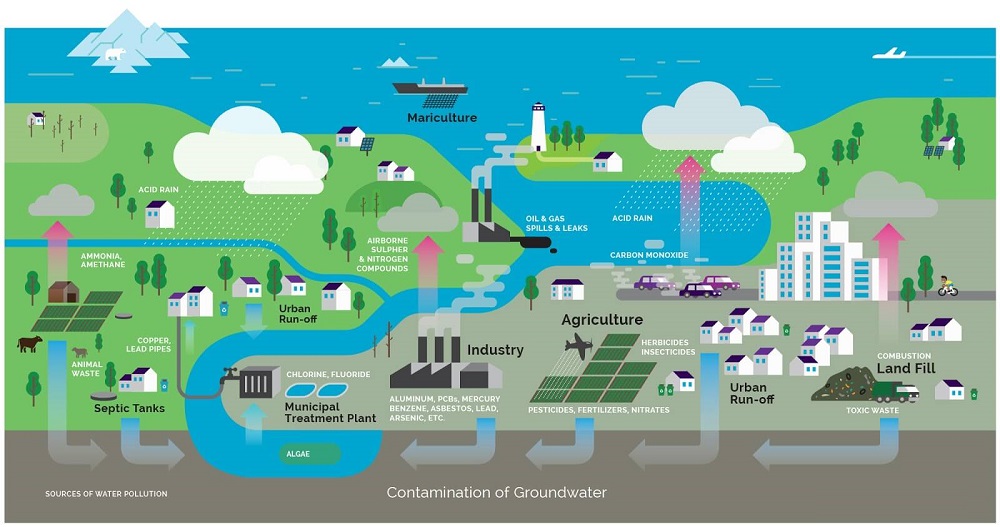
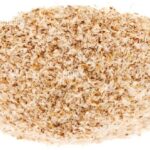

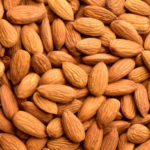

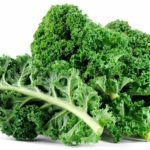

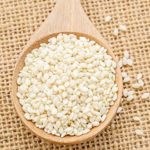





Hello Sazia,
Indeed, it is a nice and Informative post and it will very helpful for people to aware about significant topic. It is well known fact that clean water is absolutely essential for healthy living. Adequate supply of fresh and clean drinking water is a basic need of all human being on the earth, yet it has been observed that millions of people worlwide are deprived of this.
Fresh water resources all over the world are threatened not only by over exploitation and poor management but also by ecological degradation.
The main source of fresh water pollution can be attributed to discharge of untreated waste, dumping of industrial effluent and run off from agricultural fields.
Human are main cause of water pollution, which is triggered in several ways which we can observe in our daily life.
Eventually, thanks for putting effort for awaking people.
With best wishes,
Amar Kumar
Polluted water effects our body very badly and causes many diseases.
Very, very interesting article! Really interesting